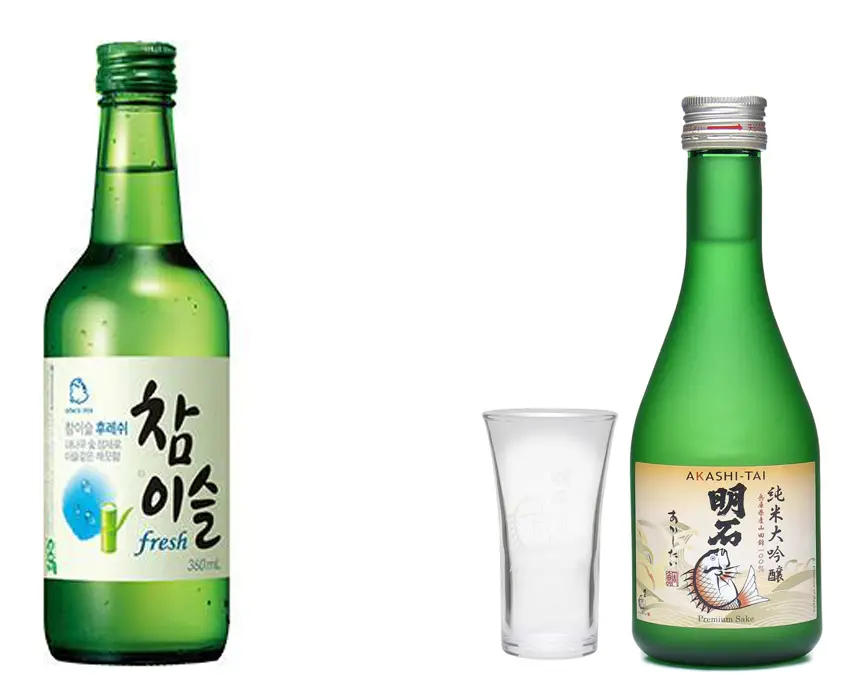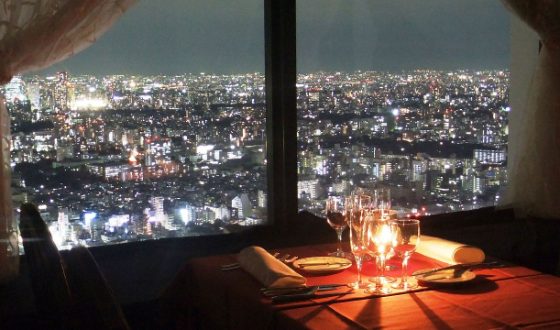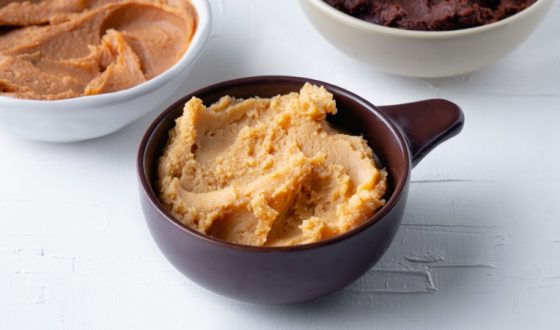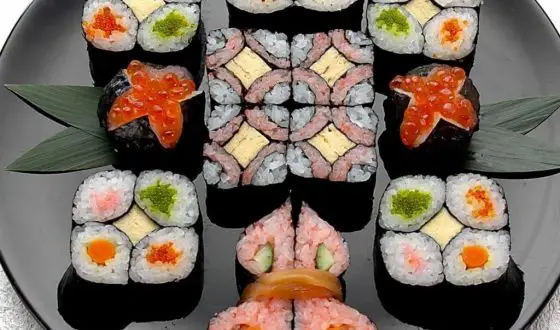Soju vs Sake: A Comprehensible Guide To 2 “National” Drinks
Wine is inevitably among the most favorite drinks in European countries but also Asian regions. Besides worldwide favorable wines like red wine, Vodka, Whisky or Champanage, Asian countries have introduced their own types of wine which have become famous not only in those countries but also in other parts of the world. Soju vs Sake are two drinks that respectively represent Korean and Japanese drinks. Due to the geographical position and cultural similarities, sake and soju seem to bear much resemblance in the eye of foreigners. In this article, our blog will provide basic information and answers to some frequently asked questions about these two wine types.
Soju vs Sake: Are they distinguishable?
Soju vs Sake: Definition and History
If you are a fan of Korean drama, you must have heard of Soju – a very famous drink. Soju is a clear, colorless distilled beverage of Korean origin. It is a Korean traditional alcoholic beverage that was made from various grains, such as rice, wheat or barley. Soju has a taste which is similar to the most rice based ones, but the combination of it with other ingredients is the thing which makes it unique and favorable. When you browse the menu at your favorite Korean restaurant, you’ll be likely to see Soju. It’s worldwide favorite for its flavor and versatility. If you’re seeking a spirit to pair with your Korean barbecue, you’ll find nothing more suitable.
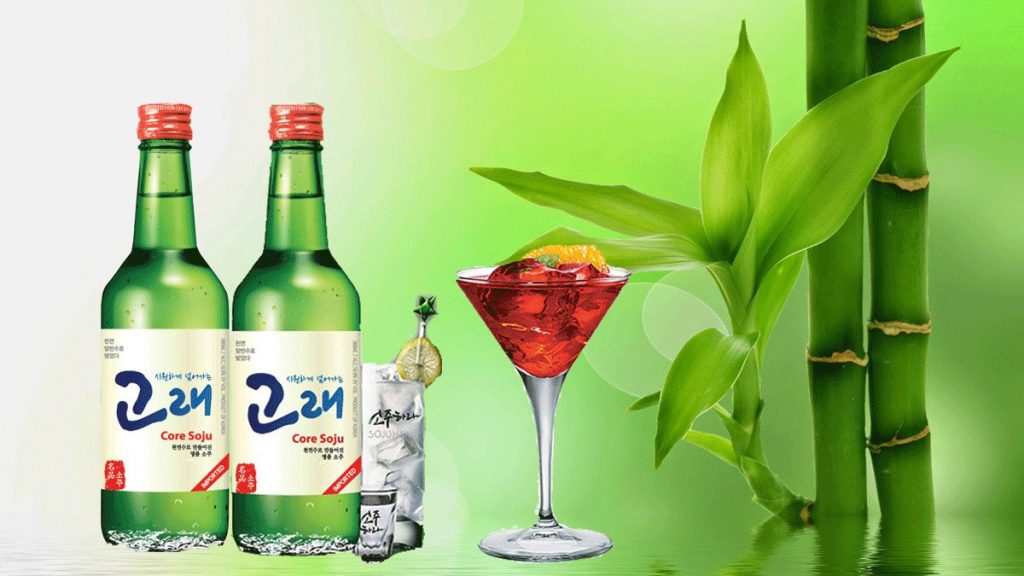
Soju is a clear, colorless distilled beverage of Korean origin.
The origin of soju dates back to the 13th century, when the Levantine distilling technique was introduced to the Korean Peninsula during the Mongol invasions of Korea (1231–1259), by the Yuan Mongols who had acquired the technique of distilling arak from the Persians during their invasions of the Levant, Anatolia, and Persia. The distilleries at that time were focused around the city of Gaegyeong. The modern Soju is the direct root of Andong Soju from Andong city where Yuan Mongol’s logistic based was located.
Considered as a rival of Soju in the Asian wine market is Sake. This is a drink which has originated from Japan and is famous for its taste in the country and nearby regions. Just like its rival, Sake is solely made from rice that has been polished to remove the bran. Although native to Japan, Sake is now being produced in many places outside Japan, such as in China, Southeast Asia, South America, North America, and Australia. In the past, Sake was monopolized by Japan. The first sake production dates back to the Nara period between 710 and 794 when China brewing technique was introduced to Japan. In the Heian period, the government took sole responsibility for production. However, in the 900s and about 500 years later, the center of production was taken over by temples, and shrines.
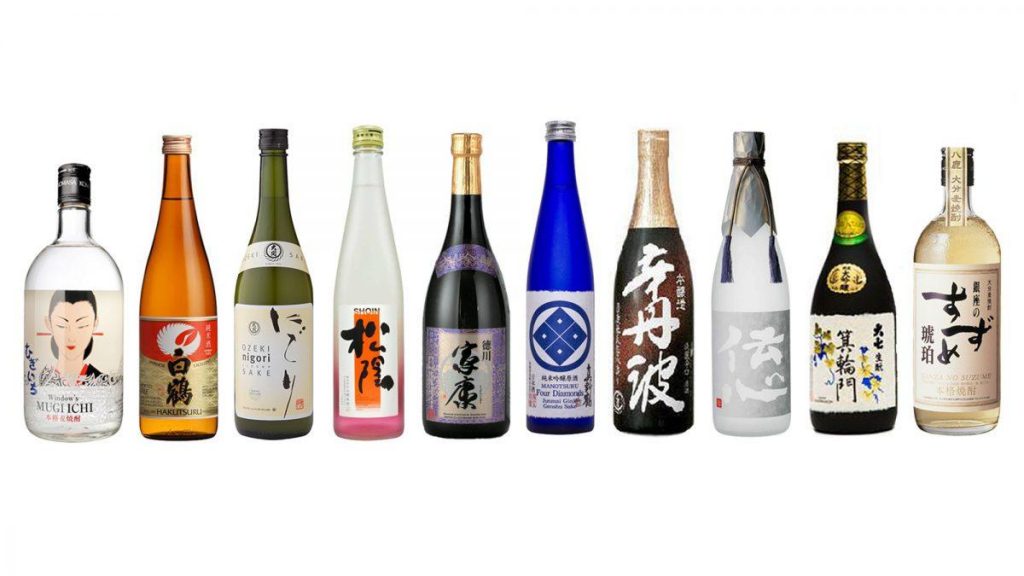
Sake is a drink which has originated from Japan and is famous for its taste in the country and nearby regions.
Soju vs Sake: Production
As it has been mentioned earlier, Soju was initially made with various grains. Soju is traditionally made by distilling alcohol from fermented grains, especially rice. The rice wine for distilled soju is usually fermented for about 15 days, and the distillation process involves boiling the filtered, mature rice wine in a sot (cauldron) topped with soju gori (two-storied distilling appliance with a pipe). However, due to the rice shortage in war, Korean people have to replace it with wheat, barley, sweet potatoes or tapioca, which then added with flavorings, sweeteners, as well as water.
On the other hand, Sake production is quite different from that of Soju. As mentioned earlier, sake is manufactured from rice, but not every rice can be used to make Sake. The sake rice is called akamai, which are large grains, low protein content and high solubility during the brewing process. In this process, the rice which is used is milled properly, so the sake has a lot of starch in it. Then the whole solution is converted into sugar with the help of koji fungi which is added at a later stage. In the last stage, this sugar is allowed to be fermented with the aid of yeast to give it the taste it has. In short, sake brewing process includes two phases: saccharification and alcohol fermentation. The process is carried out in a proper way because this is the main reason people like to enjoy the drink, which is the taste.
Soju vs Sake: Serving
Like wine, soju is meant to be consumed with food, and vice versa. The beauty of soju is its slightly sweet flavor, which makes it an ideal partner for spicy Korean barbecue or anything that contains kimchi. In Korea, it’s not unusual to drink soju alongside different types of street food, from fish and rice cakes to grilled pork. Moreover, as Soju is a communal drink, you never serve your own soju. For the first drink, the older people will pour soju into a shot glass and hand it to you. After the first drink, glasses are filled up whenever they’re empty, and people pass the bottle around the table.
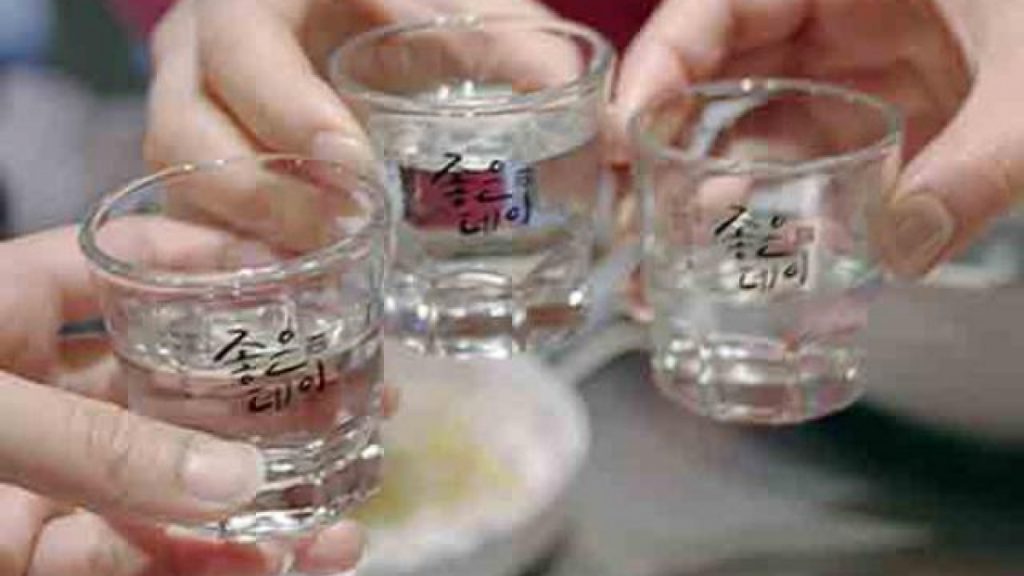
Soju is a communal drink, you never serve your own soju.
Unlike Soju, Sake is called “wine”, but treated as beer. Sake is less acidic than wine and has little astringent taste, so it goes well with a variety of dishes, especially fish. Japanese people always drink sake while dining because it can strike a balance, produce new taste, bring out hidden taste of the food and clean the palate. Sake is often served in sake glass (110 or 60 ml) or in a sake cup named sazazuki. Sake is commonly drunk neat, some people may prefer drinking it cold and some may heat it if first before drinking, depends on the drinker taste, the quality of sake as well as the season. Hot sake is commonly drunk in winter and high-quality Sake shouldn’t be heated since it will change the aromas and flavors.
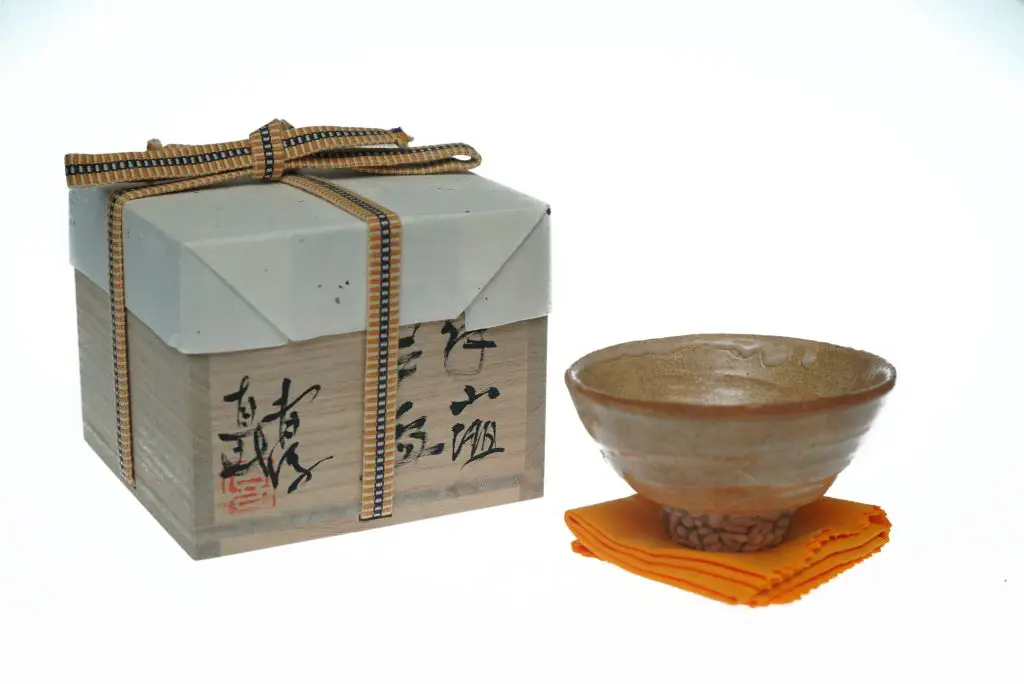
Sazazuki – Sake cup
SEE MORE:
How To Drink Sake Like A Japanese – Everything You Need To Know
What Does Sake Taste Like? The Complete Answer Updated In 2019
Comparison
Now, let’s compare Sake vs Soju. Below is a comparison table and some additional information about two national types of wine.
| Basis of distinction | Sake | Soju |
| Origin | Originated from Japan way back in the 700s | Originated from South Korea in the 13th century. |
| Alcohol content | Around 18-20% | Around 20-40% |
| Main ingredient | Rice | Rice |
| Other ingredients | Yeast and Koji Fungus | Wheat, Barley and Sweet Potatoes. |
| Famous brands | Junmai Daiginjō-shu, Daiginjō-shu, Tokubetsu Junmai-Shu, and Honjōzō-shu. | Jinro, Chum-Churum, Joeunday Soju, Chamisul, and Cham. |
| Preparation | Prepared by milling rice to convert it into starch and then adding fungus to turn into sugar and then adding yeast to produce liquid form. | Developed by adding water with rice and adding wheat or barley in the mixture. |
Frequently Asked Questions
- Does Soju taste like Sake?
Soju tastes pretty much like diluted Vodka, while Sake’s flavors vary from sweetness, umami, saltiness, sourness to bitterness.
- Sake vs Soju: Which have higher alcohol content?
As mentioned in the table above, Sake has an alcohol content of around 18-20% and tastes more like beer than wine. Meanwhile, the alcohol content of Soju is higher, about 20-40%.
- Are Sake vs Soju good for health?
If you can control your wine intake, it can do wonders to your health.
Drinking sake can reduce your cancer risk thanks to the richness in amino acids. The amino acids in Sake are also aid in preventing osteoporosis. Moreover, peptides in Sake can help build muscle, burn fat, enhance athletic performance and prevent high blood pressure or even Alzheimer’s disease. Furthermore, Sake has been used as a skin toner in Japan for many centuries, thanks to its skin whitening and moisturizing elements.
Meanwhile, drinking Soju can help cure coughing, reduce inflammation, swell and relieve pain, improve ear health, excretory system and digestive system.
- How long until Soju vs Sake go bad?
You can keep an unopened bottle of sake from 6 to 10 years in the kitchen. With an opened sake bottle, it will keep for 1 to 2 years in the fridge. To enjoy the best flavor, wine experts recommend you should drink the product within a year or less.
Soju can be kept up to 10 years or even longer, as its expiration date has never been confirmed in any document. However, you had better consume it as soon as possible, as the flavor may go vinegary in the aged Soju.
Final words
Now you’ve found out the answers to the questions “What is sake?”, “What is Soju?” and “How are they different ?”. If you want to know more information about Soju vs Sake, feel free to leave a comment below and then we will discuss further.

